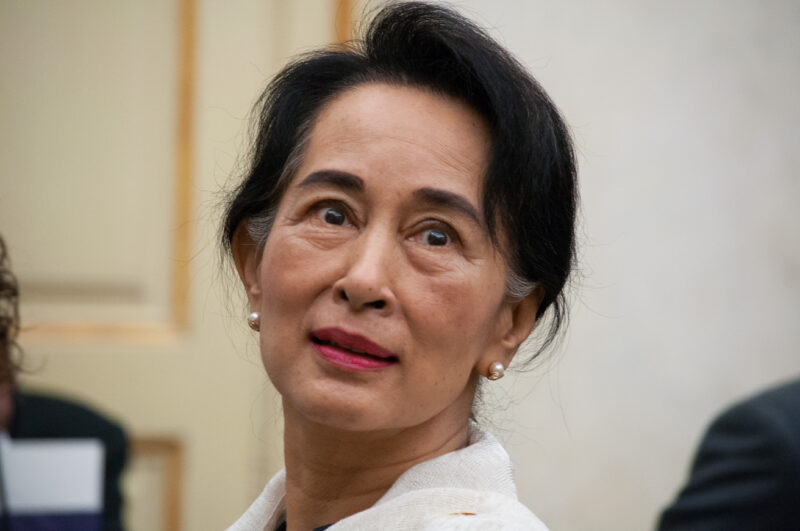In the shadow of the U.S. elections, on November 8th, the National League for Democracy (NLD) won Myanmar’s second democratic election. The NLD won in a landslide victory and it sees Aung San Suu Kyi continue her role as State Counsellor, Myanmar’s equivalent of a prime minister. This is a good step forward for the ongoing democratisation of the country, which shows promise for the future prosperity and harmony of the region. However, this election did not go without issue. Many ethnic groups, including the Rohingyas, were disenfranchised and unable to participate in the election, and there were a number of seats in government reserved for military personnel.
The mechanics of the election during the coronavirus pandemic and the lack of widespread violence speak to the capability of Myanmar’s bureaucracy and the willingness of the people to participate in the system with good faith. A statement from a European Union spokesperson “commend[ed] the high participation in the elections and peaceful voting, especially in the current challenging circumstances created by the coronavirus outbreak.” The statement also acknowledges that this election was not representative and expresses the desire to continue working with Myanmar to see elections that have complete participation from every group.
Myanmar is a country that has been wracked by conflict for much of its history. Only in 2011 did the military rule of the country come to an end and a civilian government was granted power. Despite these signs of progress to the normalisation of the state, there are continuing dysfunctions within the state. The treatment of the Rohingya in 2016-17 reveals the degree of reform that still needs to be done within Myanmar. From the inception of the state, the division between ethnic groups has been a staple feature of conflict in Myanmar.
The Rohingya is a Muslim ethnic minority group, that has had their freedoms heavily restricted and been subject to a genocide perpetrated by the government. Survivors of this trauma have recounted a variety of atrocities including rape, mass killings, and the mass destruction of property. As a consequence, many Rohingyas fled the country to nearby Bangladesh or to Rahkine, a state of Myanmar. For the Rohingyas that have remained in Myanmar the right to vote depended on citizenship status, which is impossible for these many displaced peoples to prove. Similarly, ‘security concerns’ saw voting cancelled in parts of Rahkine and elsewhere in Myanmar to supress the participation of oppressed peoples in the election process. Compounding upon the strategy systemic electoral exclusion was sustained control over the media and access to it. There have been months-long internet blockages in parts of Rahkine and Chin state, and coverage of the elections and media presence was prohibited due to concerns regarding coronavirus.
Myanmar has incredibly deep systemic issues that successive governments have been unwilling or unable to address. As a result, groups of people are being suppressed politically and killed. It is promising to see positive changes like the successfulness of the election, despite the flaws surrounding it. In conjunction with greater international support and awareness, perhaps greater strides can be taken in Myanmar to overcome the socio-economic and political challenges that it faces today.
- Parties To The Nauru Agreement: A Model For Sustainable Development – International Day Of Peace 2021 - September 16, 2021
- The Coup In Myanmar - February 18, 2021
- The Quad Is Not ‘Asian NATO’ - February 16, 2021


